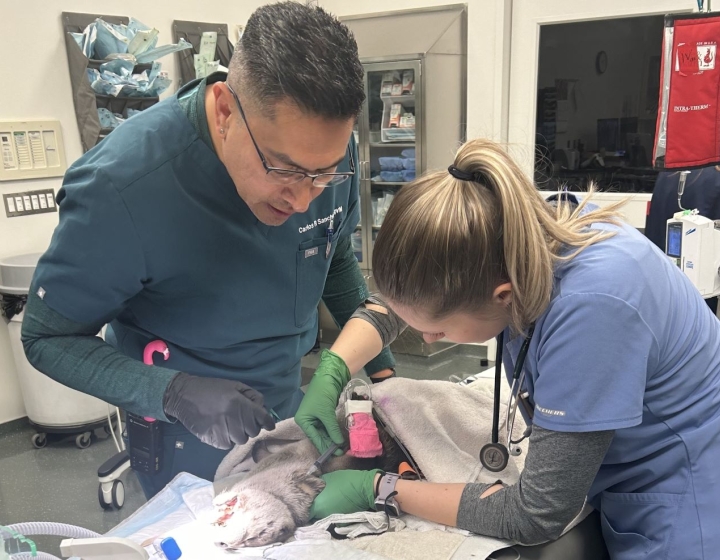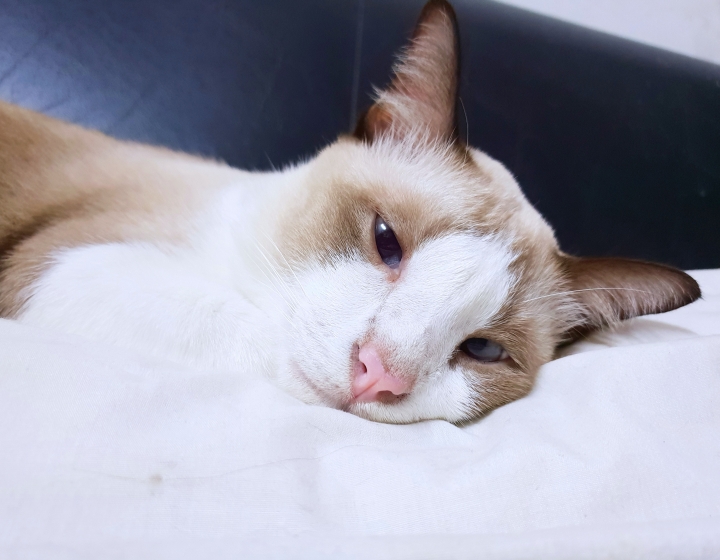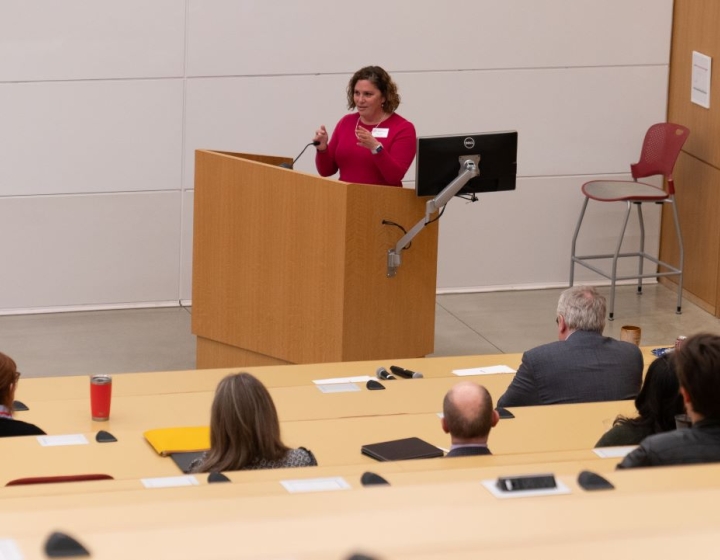Cornell Ruffian Equine Specialists celebrates a successful first year
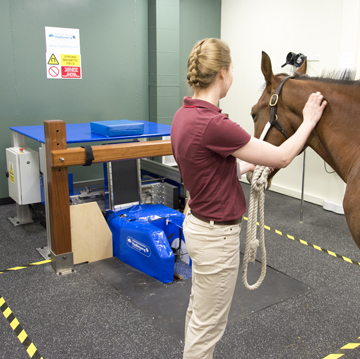
ELMONT, NY – Cornell Ruffian Equine Specialists (“Ruffian”) celebrated their first year in business on June 25 with an event held at the practice, located right across the street from Belmont Park. Guests included Long Island-area owners, trainers, veterinarians, and other horse lovers.
The program featured talks by three Ruffian specialists and Dr. Scott Palmer, the Equine Medical Director for New York State; all four are members of the faculty at the Cornell College of Veterinary Medicine (CVM).
Dean Michael Kotlikoff announced that the client entrance at Ruffian would be named the Dan and Jane Burke Foyer, in recognition of the couple’s support for equine programs at CVM. It’s a longstanding relationship: The dean noted that Dan Burke brought his first horse to Cornell in the early 1950s.
Hempstead Councilwoman Erin King Sweeney presented Dean Kotlikoff and Chief Medical Officer Alan Nixon with a certificate of recognition on behalf of the town board. Ruffian “really is a gem,” said King Sweeney, who is a horse owner herself. “We are so delighted that it is in the Town of Hempstead.”
Ruffian opened on May 7, 2014 with Nixon, Dr. Lisa Fortier, and Dr. Norm Ducharme as the original medical team. The practice focuses on equine athletes, from Thoroughbred and Standardbred racehorses to sport horses that compete in dressage and jumping. Primary care veterinarians refer their patients for advanced diagnostic and medical care. Ruffian initially offered leading-edge orthopedic, respiratory, imaging, and regenerative medicine services. Dr. Kyla Ortved and Dr. Samuel Hurcombe joined Ruffian in August, adding general surgery and emergency and critical care to the list.
In their first year, Ruffian specialists and staff served about a thousand horses, performing hundreds of procedures including bone scans, respiratory surgeries, and fracture repair. They also cared for a newborn foal whose dam died during his birth; he was named Sam I Am in Hurcombe’s honor.
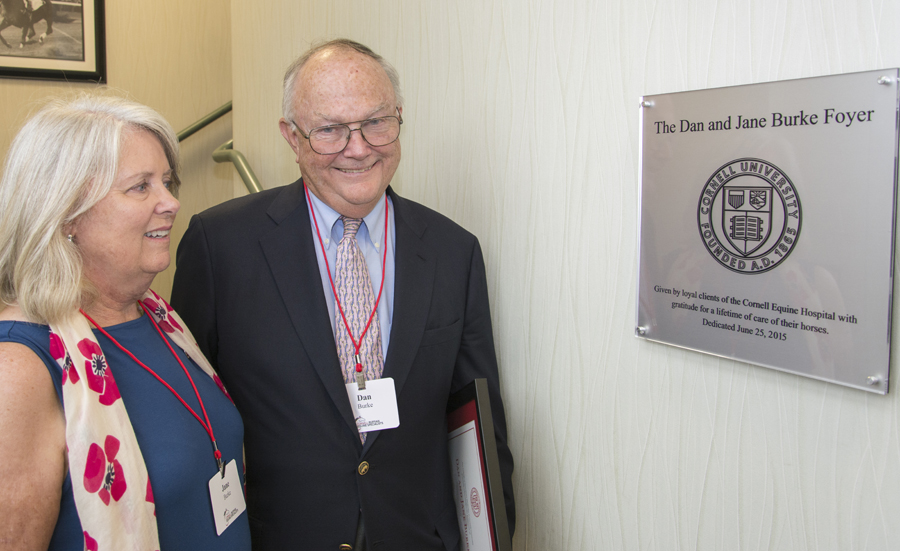
The sophisticated imaging services at Ruffian expanded in June to include standing magnetic resonance imaging (MRI). Older MRIs require anesthetizing the horse so it will lie still. Anesthesia and lying down for long periods of time can both lead to complications in horses. Nixon said a standing MRI provides excellent images of the lower limbs without anesthesia. Because there is a lower risk of complications, he said, it can be safely used more frequently; for example, to routinely scan a horse’s legs for weaknesses that could lead to a career-ending injury. Nixon cited the MRI, along with bone scans and serum biomarkers, as “new modalities” that will permit equine vets to “pick up on high-risk horses before there’s a breakdown.”
Looking ahead, Nixon described a robotic CT scanner that can produce images of a horse’s entire body and an aquatread system for rehabilitation purposes. Both are currently in the planning stages.
Published July 9, 2015



